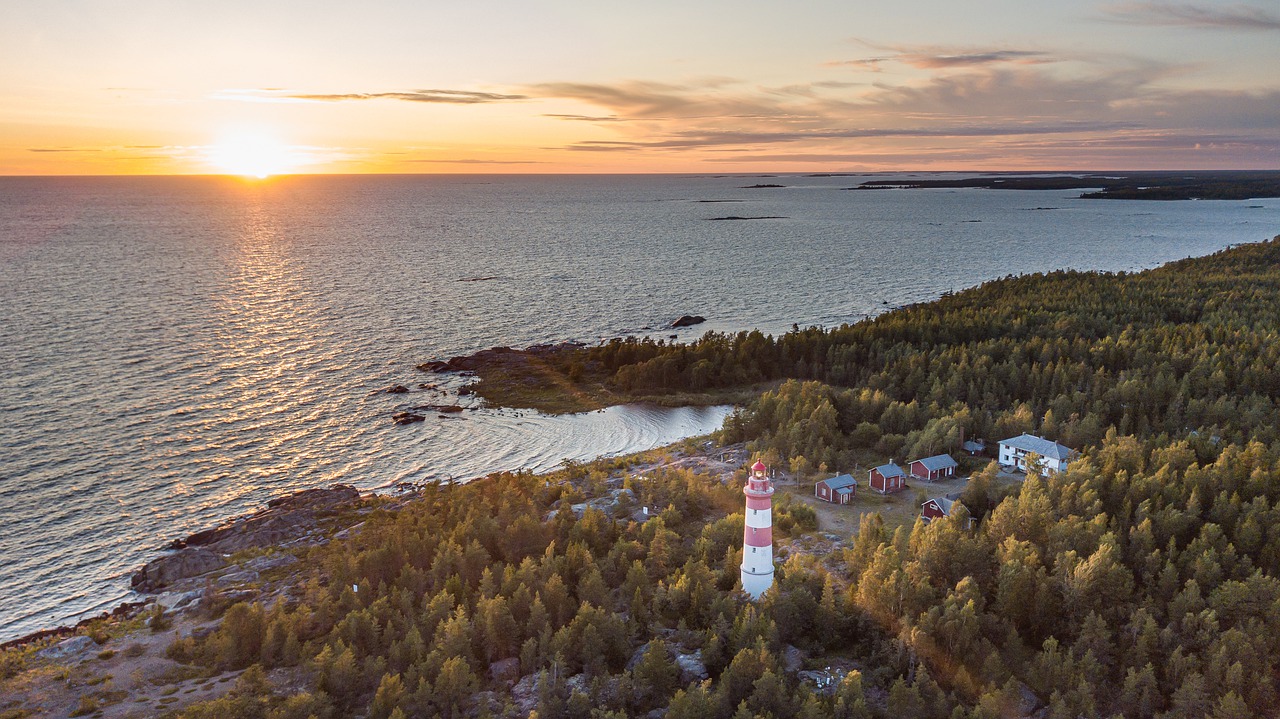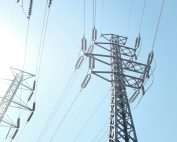The time for offshore wind farms is approaching in Finland – say experts at Helsinki-based law firm Castrén & Snellman. In Finland, there are plans to accelerate the construction of offshore wind farms, among others by reducing the property tax rate.
Wind power developed onshore is already well established as a source of electricity in Finland. In the case of offshore energy, the country has only one offshore wind power plant Tahkoluoto located at the height of Pori city.
“The most significant obstacle for offshore wind is its weaker profitability comparing to onshore wind. In Finland, there are plans to accelerate the construction of offshore wind farms, among others by lowering the property tax rate”, the lawyers point out.
In Finland, we can see the political will for the development of offshore wind energy. In November 2020, the European Commission published the EU Offshore Strategy for renewable energy, which builds in the goal of increasing offshore wind capacity to at least 60 GW by 2030 and then up to 300 GW by 2050. This would mean a 25-fold increase in current capacity of 12 GW over the next 30 years. Finland is also looking to increase its use of offshore wind power, notes law firm Castrén & Snellman.
“According to Prime Minister Sanna Marin’s 2019 government programme, the government will seek to improve the preconditions for the construction of offshore wind farms and ultimately increase their implementation to achieve the goal of nearly carbon-free electricity generation by the end of 2030. According to Finland’s sustainable development programme published in 2021, a total of €161 million will be allocated for investments in new energy technologies such as offshore wind energy. The funds will come from the EU recovery plan”, states the company’s blog.
Taxes will help
Experts point out that the way to support offshore wind power plants’ development is to reduce property taxes for wind investments. Currently, the reproduction cost is 75 percent of the construction costs for both offshore and onshore wind farms. “However, in practice investors developing offshore wind farms pay much higher property tax than onshore ones”, lawyers note. Offshore wind farms involve demanding foundation work and other construction costs. The Finnish Ministry of Finance has prepared an amendment to property taxation so that the reproduction cost of offshore wind farms includes a smaller portion of the construction cost.
A year ago, a spatial plan for territorial waters appeared in Finland
In the end of 2020, the regional councils of Finland’s coastal municipalities approved the first maritime spatial plan for Finland’s territorial waters and exclusive economic zone. The Finnish Maritime Spatial Plan 2030 is not legally binding, but it identifies, among other things, the following potential areas for offshore wind energy development. The Gulf of Bothnia in particular has been found to be well suited for the construction of extensive offshore wind farms.
Administrative procedures depending on the location of the farm
Offshore wind farms in Finland require a water permit according to the Water Act. The permitting procedures for offshore wind farms also differ depending on whether the wind farm is to be built in Finnish territorial waters, which are closer to the coast, or in the exclusive economic zone. In territorial waters, wind farms require, among other things, a zoning plan that permits the construction of wind farms, as well as building permits, just like in the case of onshore wind farms.
“In contrast, the exclusive economic zone is not subject to zoning and no building permits are required for wind turbines in the exclusive economic zone. However, construction in the exclusive economic zone requires a right of exploitation and a permit for construction in the exclusive economic zone granted by the Finnish government, and may also require to carry out the environmental impact assessment process”, explains the Law Firm.
A number of offshore farm projects are currently underway in Finland. The law firm calculates that, for example, a large-scale offshore wind farm is planned for the Åland Islands, and LUT University is studying the feasibility. The government of Åland plans to build as many as 500 offshore wind turbines with a total nominal capacity of 6 GW over an area of about 1,000 km2. The planning and preparation phase is estimated to last until 2024.














